Long before Parle-G became the world’s largest-selling biscuit, it was a silent soldier in India’s fight for independence — baked in defiance of British imports and served with the spirit of Swadeshi.
The British Monopoly and Swadeshi Movement

- In the pre-independence era, India relied heavily on imported biscuits, mostly from British companies.
- The Swadeshi movement urged Indians to boycott foreign goods.
- Demand for Indian-made alternatives was high, especially in food.
Birth of Parle (1929–1939)
 Parle Products was founded in 1929 in Mumbai by the Chauhan family.
Parle Products was founded in 1929 in Mumbai by the Chauhan family.- Initially started as a confectionery making sweets and candies.
- In 1939, they launched their first biscuits — Parle Gluco — as a homegrown answer to British brands like Britannia and Huntley & Palmers.
A Biscuit as Resistance
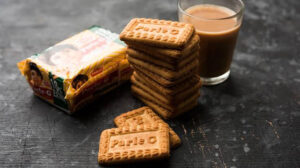
- Parle Gluco biscuits were marketed as “an Indian biscuit for Indian people”.
- Affordable pricing meant it reached common households, unlike the expensive imported biscuits.
- They became a small but powerful act of resistance — people could enjoy biscuits without supporting British imports.
Post-Independence and the Parle-G Legacy
 After independence, Parle Gluco continued as a national favorite.
After independence, Parle Gluco continued as a national favorite.- In the 1980s, it was rebranded as Parle-G (“G” for Glucose).
- By the 21st century, Parle-G became the world’s largest-selling biscuit — from a freedom-era alternative to a global household name.
Conclusion – A Bite of Freedom
Wrap up with how every pack of Parle-G carries not just sweetness but also a century-old story of self-reliance and national pride.
END OF ARTICLE…!!
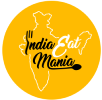

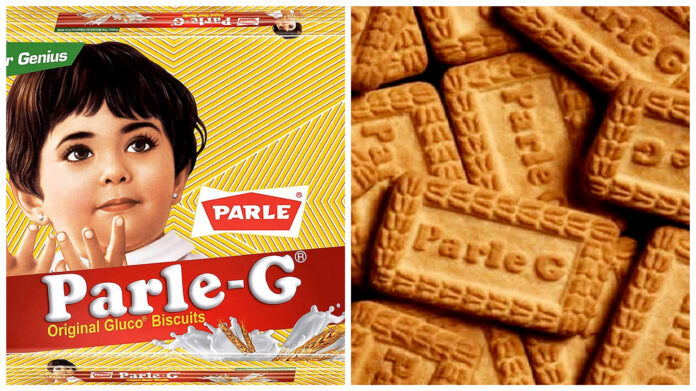
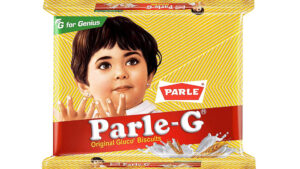 Parle Products was founded in 1929 in Mumbai by the Chauhan family.
Parle Products was founded in 1929 in Mumbai by the Chauhan family.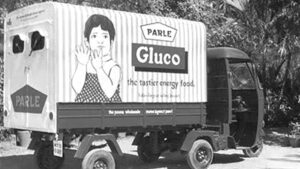 After independence, Parle Gluco continued as a national favorite.
After independence, Parle Gluco continued as a national favorite.